Other co-authors of this period, Alexander Ivanovich Shlygin, Zinovyi Aleksandrovich Iofa, Mikhail Abramovich Gerovich, and Dmitryi Sergeyevich Vargin (was killed at the front during WWII) were affiliated with Moscow Univ (but were also employed for some periods as part-time researchers in Karpov Inst). They are presented at this page, as well as the graduates of the Dept of electrochemistry who were not associated with any Frumkin teams later .Chugunov, Pankratov…. Other graduates being Frumkin co-authors are listed at the pages of Karpov Inst, Inst of Physical Chemistry, or Frumkin Inst
Alexander Ivanovich Shlygin (1905-1979) joined the Department after 1930 graduation from the Faculty of Chemistry and two years of PhD program (his PhD thesis was completed in 1936). His starting works with Frumkin formed a basis for the development of interfacial thermodynamics of platinum electrode. He headed the departments of physical chemistry in Far East Univ (1938-1939) in Vladivostok, in Tomsk Univ (1939-1940), and in Kazakh Univ in Alma-Ata (1940-1941). After more than four years of serving as the military officer durig WWII he continued in Alma-Ata in 1946-1950 as a head of chair of electrochemistry, spent three years in Chisinau Univ in Moldova, reterned to Moscow Univ for 1953-1957 period, and finally returned to re-opened Far East Univ. His activities were mostly related to platinum group metals in the context of catalysis and surface poisoning, and were generalaized in 1948 DSc thesis.
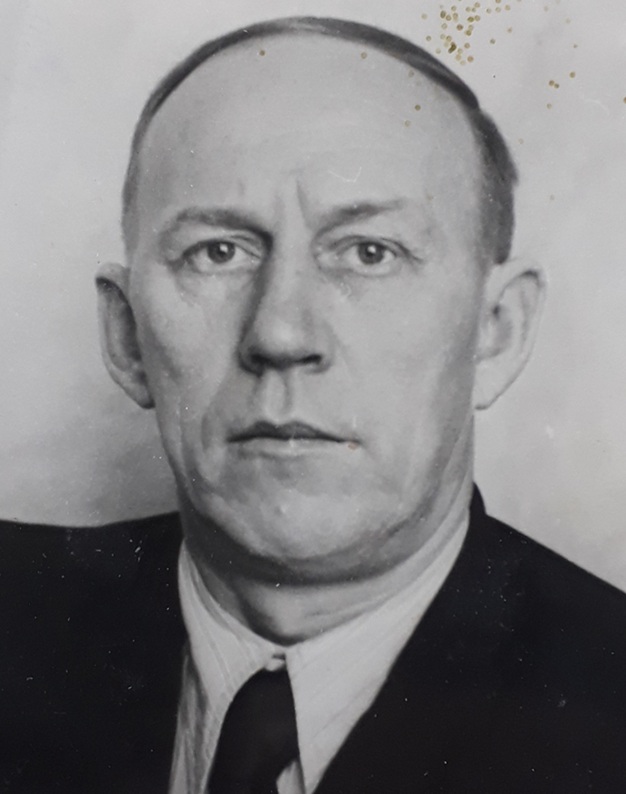

Mikhail Abramovich Gerovich (1906-1958), 1931 graduate, became a member of Moscow Univ staff in 1932 after a short period of PhD student status.
Valentina Ivanovna Nesterova (Malysheva) (1896-?) started her education in 1914 at the Higher Women’s Courses, but was not in time to complete her studies before revolution. She tried to continue in Yur’ev (Tartu) Univ, which was moved to Voronezh, but finally entered Moscow Univ and was graduated in 1922. She studied mutual solubility of liquids with I.A. Kablukov, and distribution of solute between two liquids with N.N. Petin. She became staff member of general/inorganic chemistry chair starting from 1930 (previously she had teaching positions in various colleges). In 1932, she translated ‘The phase rule” monograph of A. Findlay. V.I. Nesterova was awarded PhD title in 1935, and was affiliated with the Dept of Electrochemistry in 1934-1938 period, with responsibility for joint project with Karpov Inst (jointly with A.I. Shlygin).
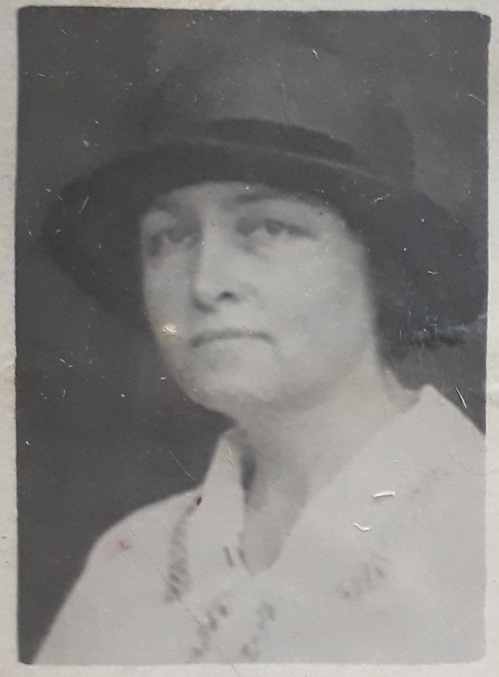
The first PhD student at the Dept was Petr Dmitrievich Chugunov (1903-?), who had a long way to university education. After few years in the elementary school he was forced to work as the cook assistant, then entered the army in 1920, and then the special courses which covered the curriculum of the secondary school briefly in three years (“rabfak”, i.e. the faculty for workers). This allowed him to enter Moscow Univ in 1926, and he bacame Frumkin’s PhD student in 1932 (before official start of the Dept). He had at least three different topics: more traditional, related to mercury-solution (1934 article) and air-solution (1935 article) interfaces, and another one on graphite wetting. We can assume that the latter results were included into his 1943 article with B.P. Bruns, but we do not know whether Chugunov continued with science after 1935 (the end of his PhD period). Archive documents say that he finished without thesis and was sent to Minsk (Belarus).
The next two PhD students were Lev Mironovich (Meyerovich) Shtifman (1900-?) and Nikolay Andreevich Mikheyev, both graduated from Pedagogical University named after K. Liebknecht in 1932, and started their PhD period in this institution, where the initial task surface tension measurements with the use of Rebinder’s techniques. They were transferred to Moscow University at the end of 1933, had to learn electrochemistry first, and moved to experimental work only in 1935. Mikheyev left in 1936, when Shtifman defended his thesis on double layer structure in presence of multicharged cations, and its effect on electroreduction of nitric acid (Dec 1937). After defense he was obliged to work in Chuvash Pedagogical Institute in Cheboksary (capital of Chuvash national republic, where this institute was the first high school organization opened in 1930s). Ыщьу ща
Slightly later (in the very beginning of 1934), three more PhD students appeared from among the 1933/34 graduates.
Afanasyi Il’ich Pankratov (1901-?) spent only three years in the elementary school, and was early involved into agricultural work in his native village in Kursk region. Starting from 1920 he spent six years in the army in Vladikavkaz (North Osetia), where he was seriously wounded in his arm. Later, after three years at “rabfak”|in Rostov-on-Don, he finally entered Moscow University in 1929, graduated in 1933, and became PhD student at the Dept during 1934-1937 period. Then he was staff member up to the end of 1940, no further personal information is available. During his period at the Dept, starting already from diploma thesis, he completed a series of studies of monolayers formation at air/solution interface as affected by electrolyte nature. His last known article addressed the dynamics of monolayers formation.
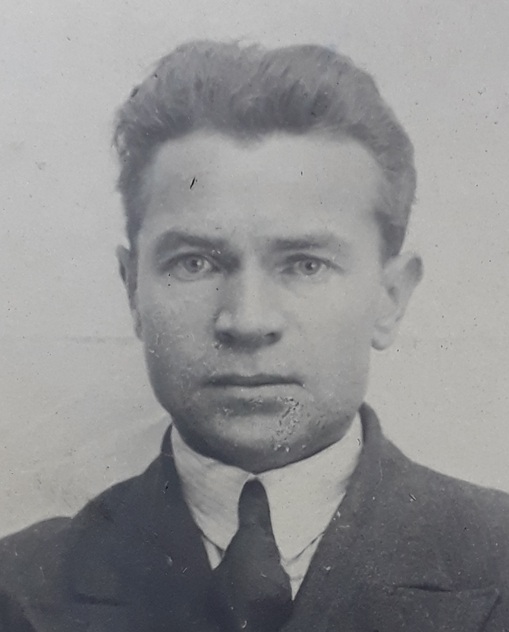
Vladimir Isayevich [Vol’f Amshiyevich] Medvedovskii (1904-1979) worked as a locksmith in Ukraine and in Moscow after 7 years in the primary school. He also spent two years in the army, and became a junior officer. In 1928/29 he spent a year at “rabfak”, was accepted to Moscow Univ, and also as a PhD student after graduation. He was forced to stop his research at the end of 1935 because of the request from a military commissariate. His diploma study already addressed potential-dependent adsorption on platinum, and in 1934-1935 he collected additional titration-based data for various anions. This formed a basis for very important 1936 experimental article supporting newly developed thermodynamics of platinum electrode. The attempts to do the same with dispersed gold electrode are mentioned in archive documents, but were not publised. He spent all WWII in the army serving as the military engineer, and joined radiation chemistry team of N.A. Bach in the Institute of Physical Chemistry in 1946, and moved with her to Frumkin Institute in 1958. His new research field also included some aspects of radioactive elements electrochemistry. Widely known are the articles on plutonium redox couples (Doklady Akademii Nauk SSSR. 1958. V. 120. P. 98-100, in Russian) and radiation effects on these couples (Sov. J. Atomic Energy. 1958. V. 4. P.203-210). He is also recognized for his 1950s popular books for school children about nitrogen and oxygen.
Aleksander Fedorovich Lunev (1909-1967 or 1968)
Dmitryi Sergeyevich Vargin (1907-1941?) was first educated as the technician at short-term chemical courses and worked at the factory regenerating non-ferrous metals. He was able to start his student period in Moscow University only in 1932, and graduated in 1937. He was staff member starting from spring 1938 and up to mobilization to the army in 1941. He was killed at the front during WWII.
Gavriil Platonovich Khomchenko (1911-1987) entered Moscow University after graduation of Pedagogical college in Minsk and some period of editorial work in the local Belorussian newspaper. He completed his diploma study in 1937, and continued to work in the field of platinum metals electrochemistry (PhD 1946, DSc 1965), following Shlygin’s approach, and was affiliated with Dept of General Chemistry, Moscow University. He is mostly known for his numerous chemistry textbooks for the secondary school.
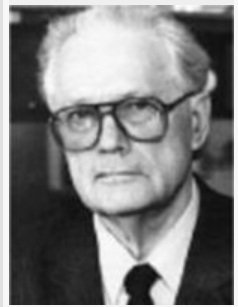
Vassilyi Grigor’evich Sindyukov (1910-1985) started his PhD in autumn 1937 (we know noting about his previous education). He finally defended PhD thesis on nickel cathodic and anodic polarization behavior in concentrated solutions of acids in 1946. This study accented nickel dissolution. Nothing is known about his later activities.
Boris Tsalevich Polinskyi (1909-?) graduated in Dec 1937…
Aleksandr Nikiforovich Kolychev (1909-?) graduated from Saratov Univarsity. In 1937, he is mentioned as assistant teacher from this university, who visited the Dept. He was never employed in Moscow University, and absent from the list of PhD students. Mosct probably he worked systematically as an intern with Z.A. Iofa and completed…..co-authered 1940 Iofa’s article.
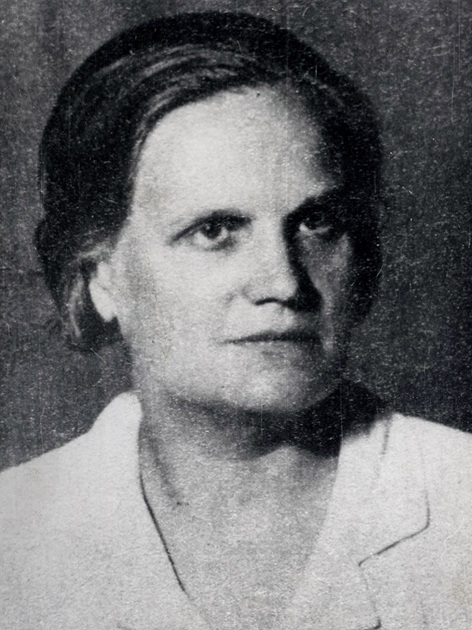
Anna Ivanovna Fedorova (Pshennikova) was 1939 graduate, who studied palladium-hydrogen system by electrochemical techniques. Her PhD period was interrupted by WWII, but later she was employed at the Dept and finally defended her thesis in 1948. She also had some publications on cathodic behavior of organic molecules, including cathodically initiated polymerization.
Nikolay Il’ich Martynov (1908-?) graduted in 1939
Few names of technicians who worked successively at the Dept are available in archives: N.P. Nikitskaya (she participated in joint research with Karpov Inst), E.N. Morozkina (she passed away in 1936), ?? Tolokonnikov, Z.A. Gan<k?>ina. During some intermediate periods, local students served as technicians. One of them was Oganes Karapetovich Davtyan (1911-1990), later known for his fuel cell research (he graduated from another Dept in 1936).
After WWII, the permanent Department staff increased (only staff members are listed below), as well as the number of PhD students.
three graduates Bagotsky, Fedorovich, Fedorova. A.D. Obrucheva also joined

Natalya Borisovna Moiseyeva (1906-?) graduated from Moscow University in 1930 as inorganic chemist, and worked as analytical chemist in “Lakokraska” trust and in the Institute of Rare Metals. After a period of absence in Moscow because of family reasons (1933-1937) she was employed in the lab of polymerization processes in Karpov Institute. In 1941-1943, she evacuated to Tashkent (Uzbekistan)
Rozaliya Izrailevna Kaganovich (1919-2015) graduated from Rostov-on-Don University… She was retired in 1979, and later left for USA with her family.
Mirlina
Kuznetsov
Bagotsky appeared